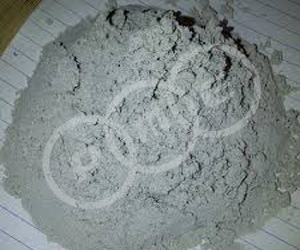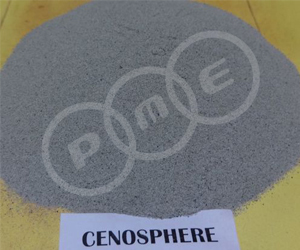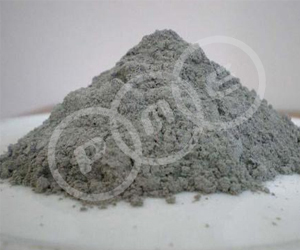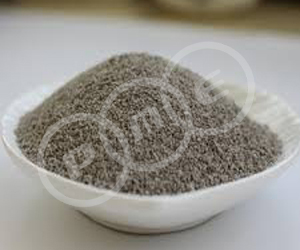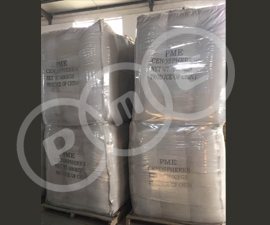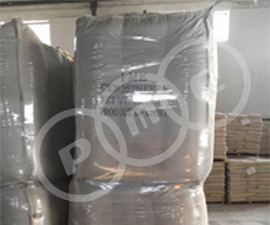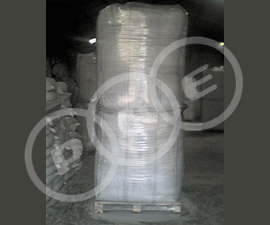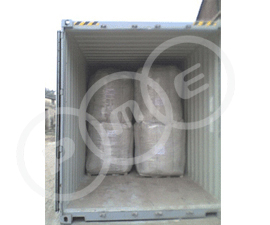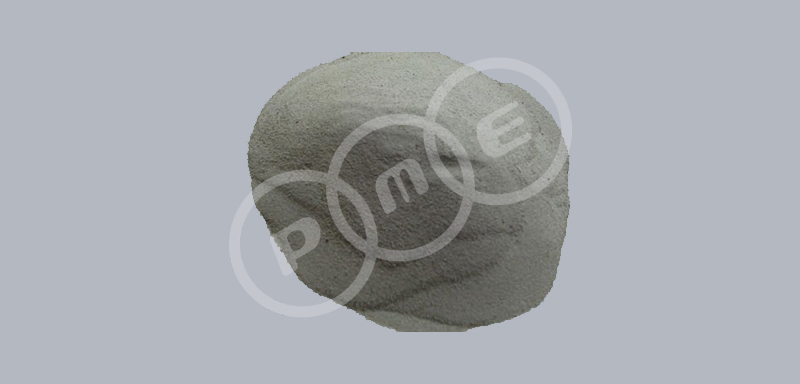
Cenosphere
A cenosphere is a lightweight, inert, hollow sphere comprised largely of silica and alumina and filled with air and/or gases. Cenospheres are a naturally occurring by-product of the burning process at coal-fired power plants, and they have most of the same properties as manufactured hollow-sphered products.
Typical Properties of Cenospheres
| SiO2 | 52 - 62% |
|---|---|
| Al2O3 | 32 - 36% |
| K2O | 1.2 – 3.2% |
| Fe2O3 | 1 - 2% |
| TiO2 | 0.8 - 1.3% |
| MgO | 1 – 2.5% |
| Na20 | 0.2 - 0.6% |
| CAO | 0.1 – 0.5% |
Physical Properties
| Specific Gravity(g/cc) | 0.65 - 0.75 |
|---|---|
| Bulk Density(Kg/M3) | 350 - 450 |
| Hardness(Moh's) | 5 - 6 |
| Compressive Strength(Kg/cm2) | 180 - 280 |
| Shape | Spherical |
| Color | Light Grey – Light Buff |
| Melting Point | 1350C |
| pH in water | 6 - 7 |
| Moisture | 0.5%Max |
| Sinkers | 3% Max |
| Oil Absorption | 16-18 G/100G |
What Are The Advantages of Using Cenospheres?
Manufacturing Benefits: The spherical shape of Cenospheres improves flowability in most applications and provides a more even distribution of the filler material. The natural properties of Cenospheres make it possible to use them either in dry or wet slurry form. Cenospheres are easy to handle and provide a low surface area-to-volume ratio. Due to their inert properties, they are not affected by solvents, water, acids, or alkalis. Cenospheres are 75% lighter than other minerals currently used as a filler or extender and are 30 percent lighter than most resins.Lowered Cost: Utilization of Cenospheres reduces the cost of manufacturers' raw materials. The savings may be recognized in one or more of the following benefits:
Reduced Raw Materials
Cost Improved Flowability
Reduced Resin Demand
Improved Insulation Values
Resistant to Resin Absorption
Reduced End Product Weight
Product Improvement: Cenospheres can improve manufacturers' end products by improving strength, durability, and by reducing weight. Cenospheres also provide added buoyancy, better insulative properties, and reduced shrinkage and warpage values. Their spherical shape may improve product stability and increase resistance to impact. Used in the production of insulating materials, Cenospheres better control both sound values and thermal conductivity. Many other benefits or advantages may be realized depending on the application.
Improved Marketing Strategies: Improvements in the durability and strength of manufacturers' end products and a reduction in product weight enhance marketing strategies. A largely unaddressed advantage for product manufacturers is an environmentally responsible end-product. Manufacturers can use Cenospheres to produce an improved finished product without adding to the Earth's overburdened landfills. The chemically inert properties of Cenospheres make them 100 percent recyclable. With society's heightened interest in environmental concerns, the recyclable properties of Cenospheres can and should be used in marketing the manufacturers' end product.
Features of Cenospheres
- Reduced Raw Materials0
- Cost Improved Flowability
- Reduced Resin Demand
- Improved Insulation Values
- Resistant to Resin Absorption
- Reduced End Product Weight
Applications of Cenospheres
- Automobiles: Fabrication of composite polymeric putties
- Ceramics: Refractories, Tiles, Fire bricks
- Construction: Cenospheres is widely used in the construction industry.
- Oil Fields: Cenospheres have been used in oilfield cementing for quite some time.
- Plastics: Cenospheres are an excellent lightweight filler for plastics and continue to grow in popularity and use.
- Paints & Coatings: Cenospheres are special additives that both chemists and formulators in the paints and coatings industry are using to enhance their products

